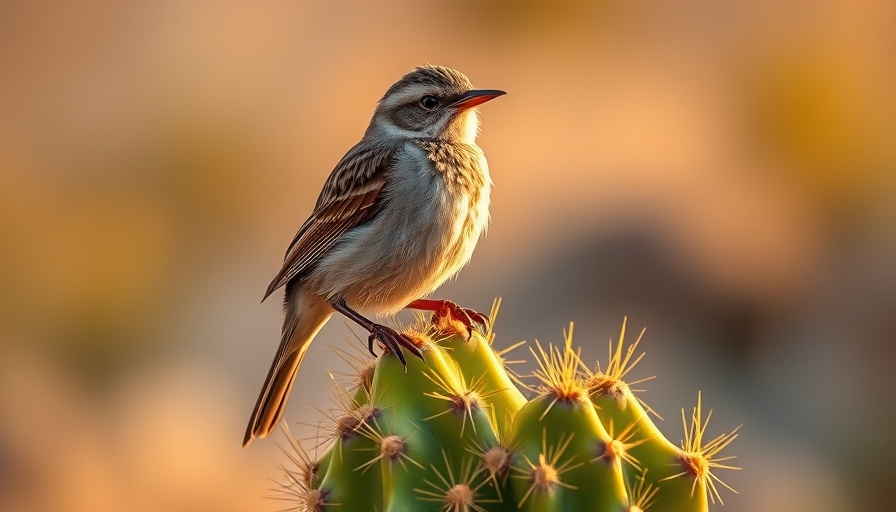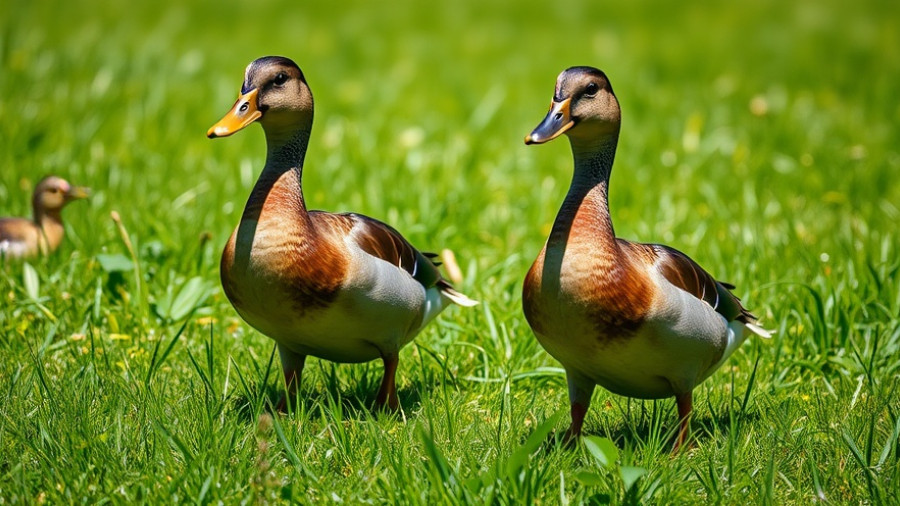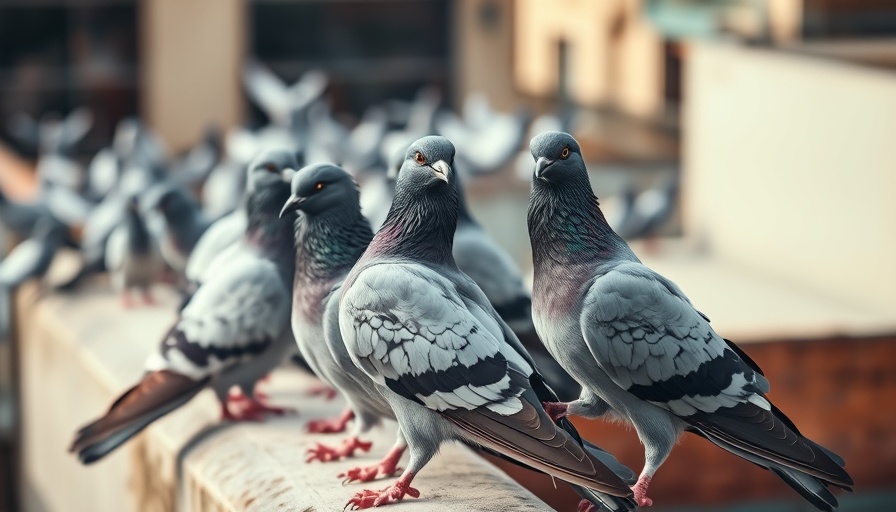
Discover the Charm of the Cactus Wren: Arizona's State Bird
The Cactus Wren, a resilient and charismatic bird, proudly stands as the official state bird of Arizona, embodying the rugged beauty and unique character of the Southwestern United States. Selected in 1931, its lively demeanor and adaptability symbolize the spirit of Arizonans.
What Makes the Cactus Wren Unique?
With a striking mix of brown and white plumage and measuring around 7-9 inches in length, the Cactus Wren is hard to miss in its natural habitat. They often nest in the protective arms of cacti, utilizing their environment skillfully to thrive in the arid desert landscape. This selection of cacti not only serves as a nesting site but provides shelter from predators and harsh weather.
The Cactus Wren’s Role in the Ecosystem
Beyond their cuteness, Cactus Wrens play a vital role in the Sonoran Desert ecosystem. Their foraging habits help disperse seeds, promoting plant diversity, and their presence indicates a healthy environment. As they adapt to changing conditions, Cactus Wrens remind us of nature's resilience.
Cultural Significance and Conservation
This avian icon is not just an ordinary bird. Its calls echo across the desert, symbolizing Arizona's vibrant wildlife. While the Cactus Wren thrives across the Southwest, concerted conservation efforts are essential to protect its habitat, ensuring future generations can enjoy the charm of this beloved state bird.
 Add Row
Add Row  Add
Add 




Write A Comment